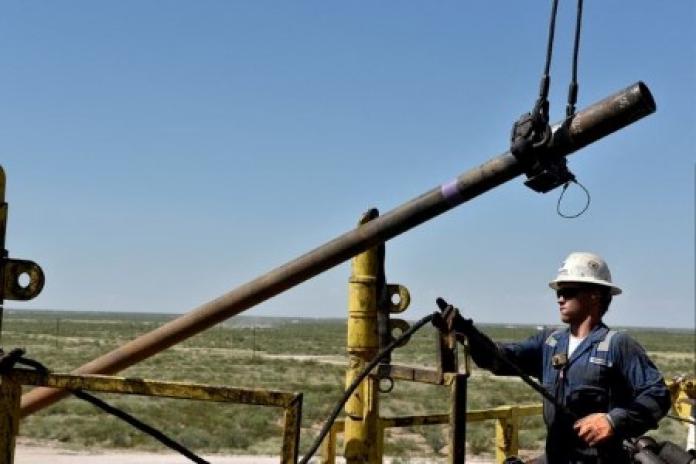LONDON, Feb 25 – Prominent business leaders in the U.S. shale industry have been proselytising about their newfound commitment to restricting output growth to protect prices and profit margins.

Source: Reuters
But the rate of new drilling and production is climbing in response to rising prices ― albeit more slowly than during the frenzied growth of the first (2009–2014) and second (2016–2019) shale booms.
Nearly 80 weeks after hitting a cyclical low, the number of rigs drilling for oil has risen by 348 (an average of 4.4 per week), according to data from oilfield services company Baker Hughes.
The rise compares with increases of 433 (5.5 per week) and 584 (7.4 per week) at the same point after the last two cyclical lows in 2016 and 2009 respectively (https://tmsnrt.rs/3tbo9qU).
The number of rigs is rising at roughly similar rates in the Permian Basin (2.4 per week) and the other oil-rich shale plays (2.0 per week).
As a result, onshore production from the Lower 48 states rose in six of the seven months between May 2021 and November 2021, the most recent month for which production statistics are available.
Onshore production was rising at an annual rate of roughly 630,000 barrels per day (bpd) at the end of 2021, according to the U.S. Energy Information Administration.
The agency predicts a similar increase of 630,000 bpd by the end of 2022 and a slightly slower one of 470,000 bpd by the end of 2023 (“Short-term energy outlook”, EIA, Feb. 8).
Output is increasing much more slowly, only a quarter to a third as fast, as at height of the last boom in 2018, when onshore production was increasing by as much as 1.8 million bpd over twelve months.
In that sense, shale industry leaders are being true to their word, increasing the number of new wells and production more slowly than before to protect prices and profit margins and return capital to shareholders.
But the industry’s commitment to limiting investment is being tested as prices continue rising to levels that are well above the long-term average after adjusting for inflation.
Faster production increases look likely as a result of the continued escalation in oil prices since the start of the year.
DELAYED RESPONSE
Shale drilling has become much more efficient since horizontal drilling and hydraulic fracturing techniques began to be widely applied to oil-rich plays at the start of the last decade.
In the short run, however, drilling exhibits diminishing marginal returns during an upswing; additional rigs add smaller increments to output as they are deployed to less promising sites with less experienced crews using older equipment.
Current rig counts cannot usefully be compared with those five let alone ten years ago, but short-term changes in the rig count can provide a useful directional indicator for output changes over the next 12 months.
Changes in oil futures prices generally filter through into changes in drilling activity with a lag of just under 20 weeks.
The explanation is that it takes four-to-five months for producers to see if price changes will be sustained before deciding to alter the drilling programme, contract with drilling firms, wait for rigs to arrive on site, set up and begin boring.
Current drilling rates therefore reflect prices in September–October 2021, when front-month futures were trading around $70–80 per barrel.
On average, it will take another six months for wells being drilled at present to be fractured, completed, hooked up to gathering systems and enter commercial production, which should keep output rising through at least August.
Since September–October, however, prices have risen by another $10–15 per barrel which will ensure the number of rigs keeps rising throughout the second quarter, and production climbs faster through the end of the year.
The rapid escalation in spot prices and severe backwardation in futures is signalling the urgent need for more crude to meet strong consumption growth as the economy rebounds after the pandemic-driven recession.
U.S. oil producers are starting to respond by increasing their drilling programmes in the core shale plays of Texas and more marginal ones elsewhere, which should improve oil availability later this year and especially in 2023.

